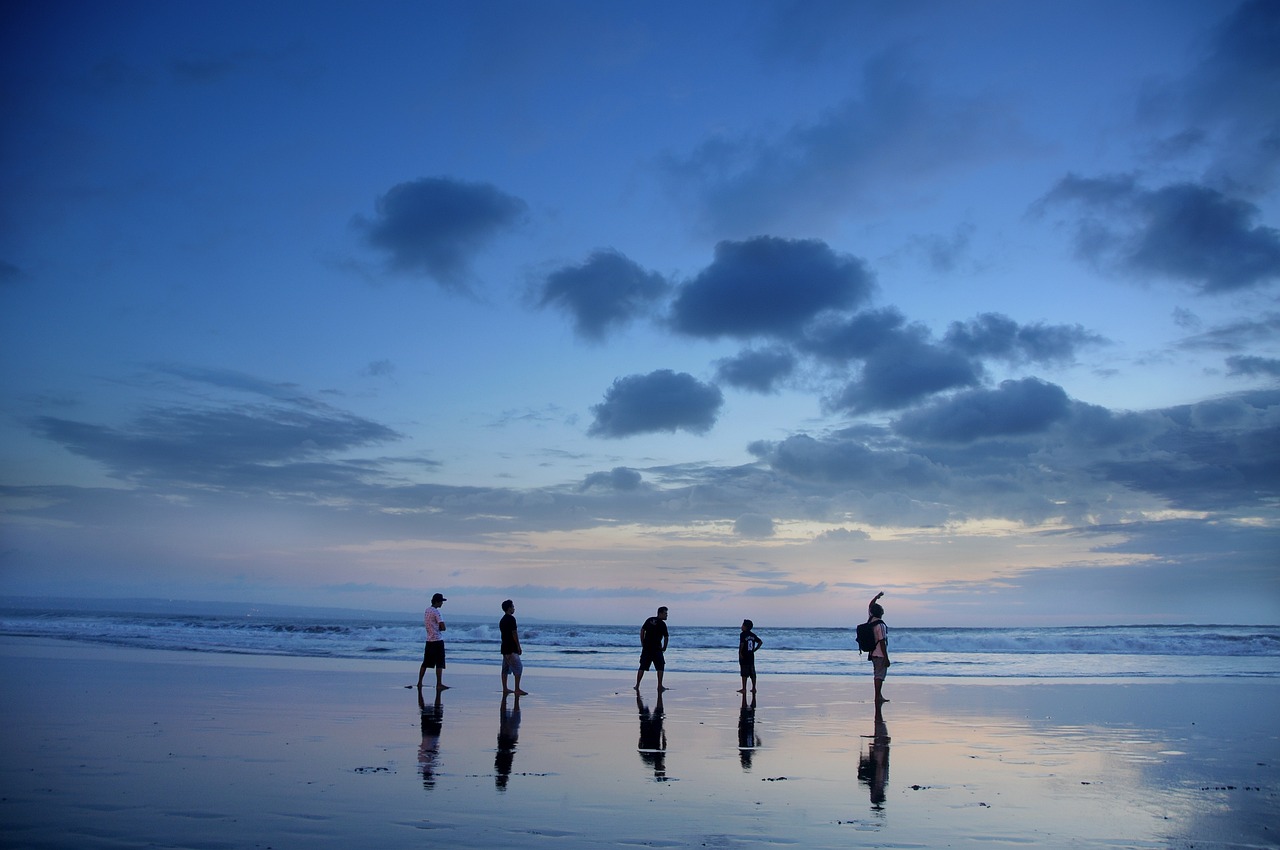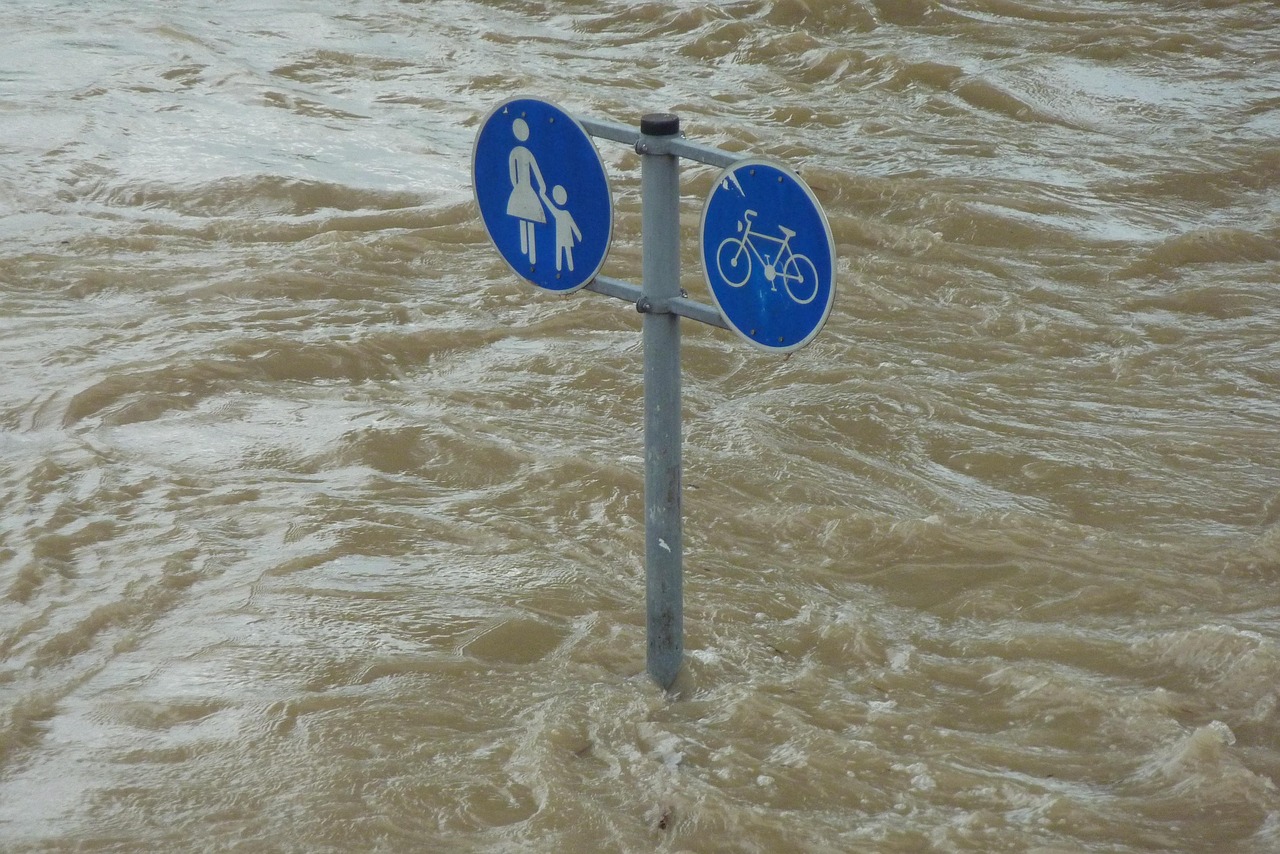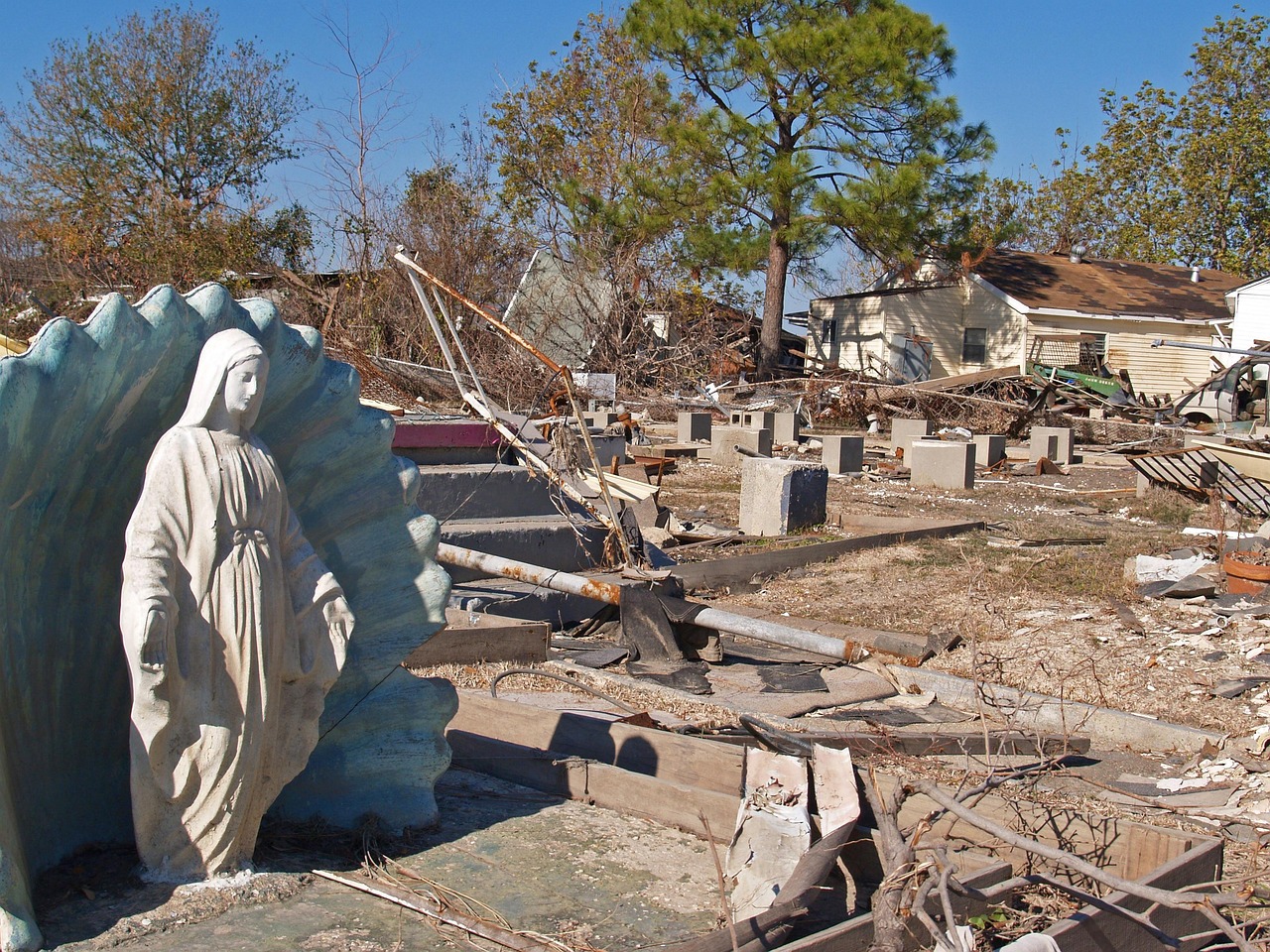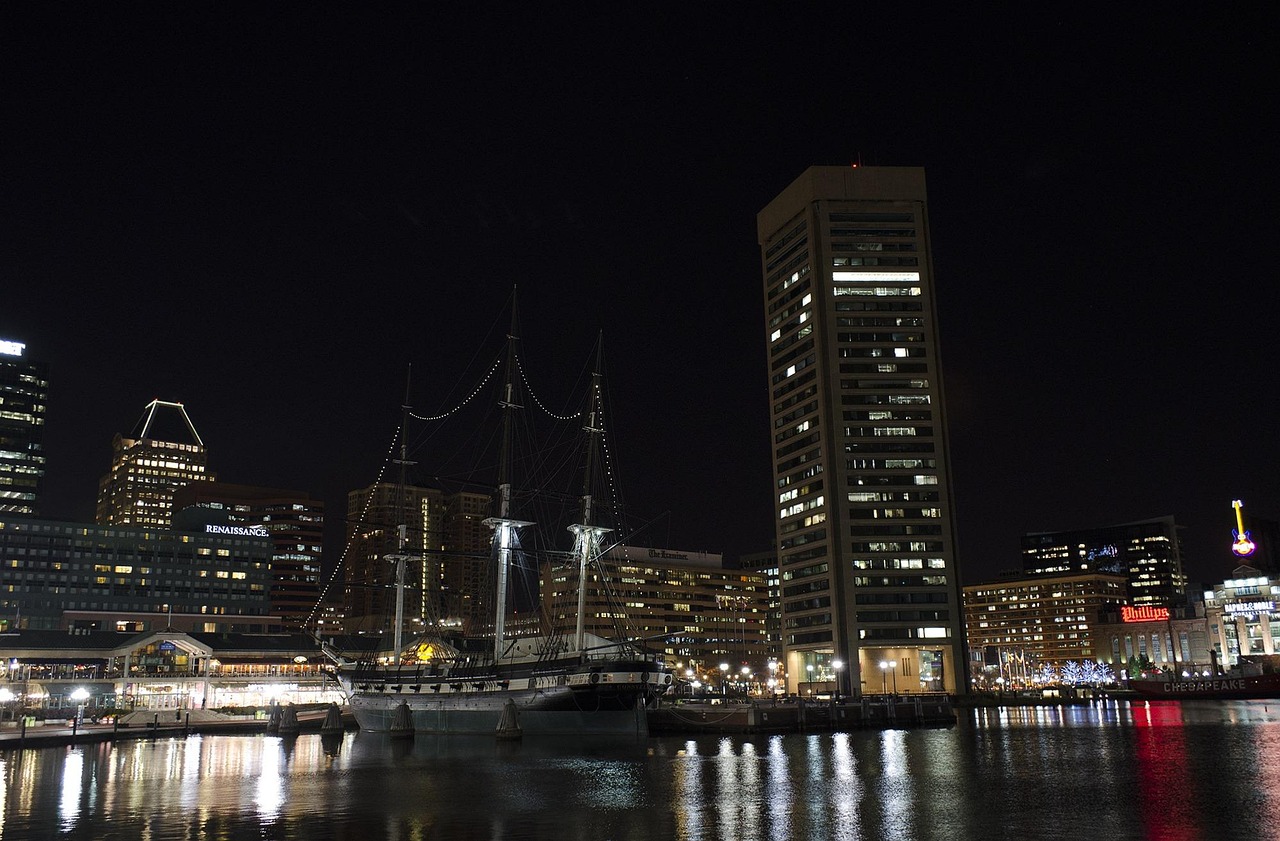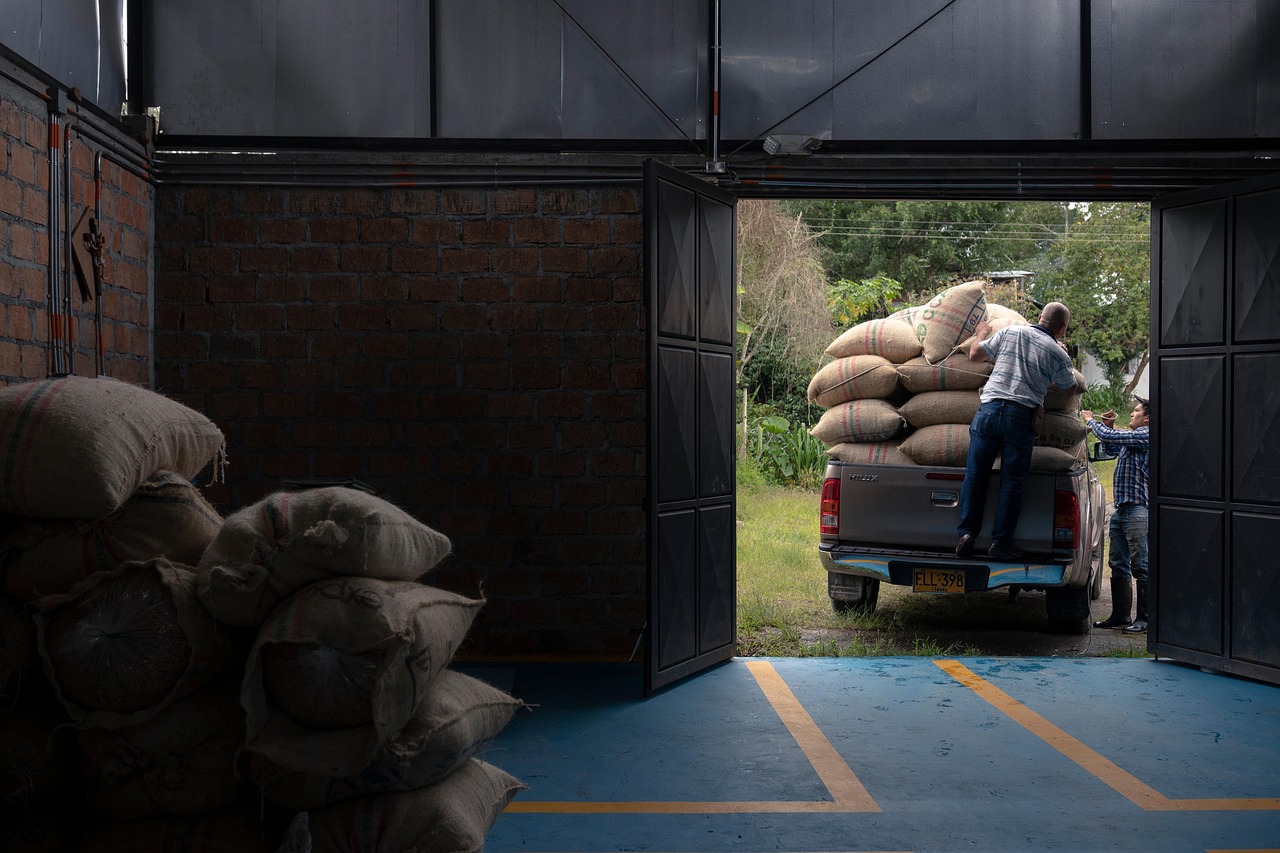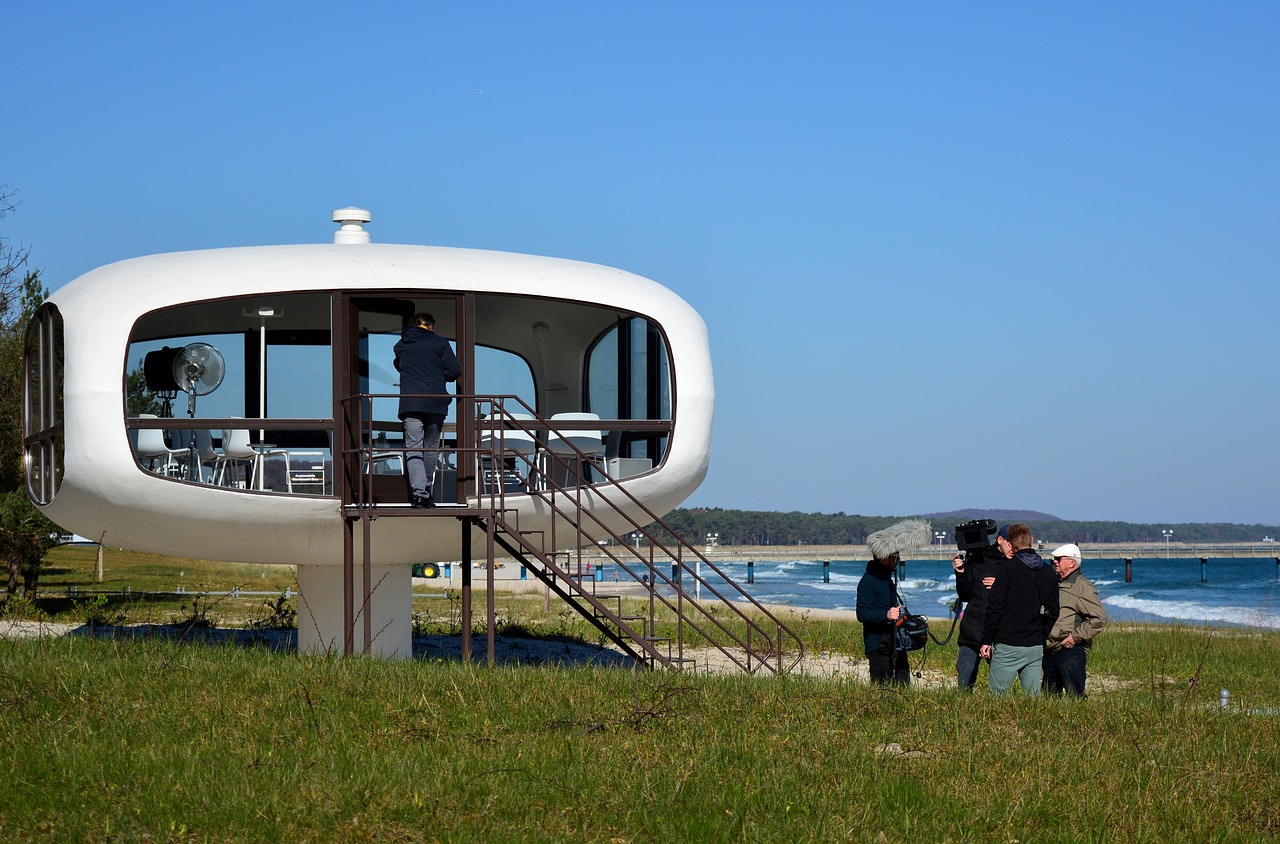
Ferry Sinks
“The condition of this ship is fully submerged, so there is a possibility that there are people inside the ferry. But right now we are focusing on the surface of the water first, ” said Nanang Sigit, head of Surabaya Search and Rescue. His words reflect both the grim reality of the disaster and the determination of rescue teams to save every possible survivor despite challenging conditions.
Discussion
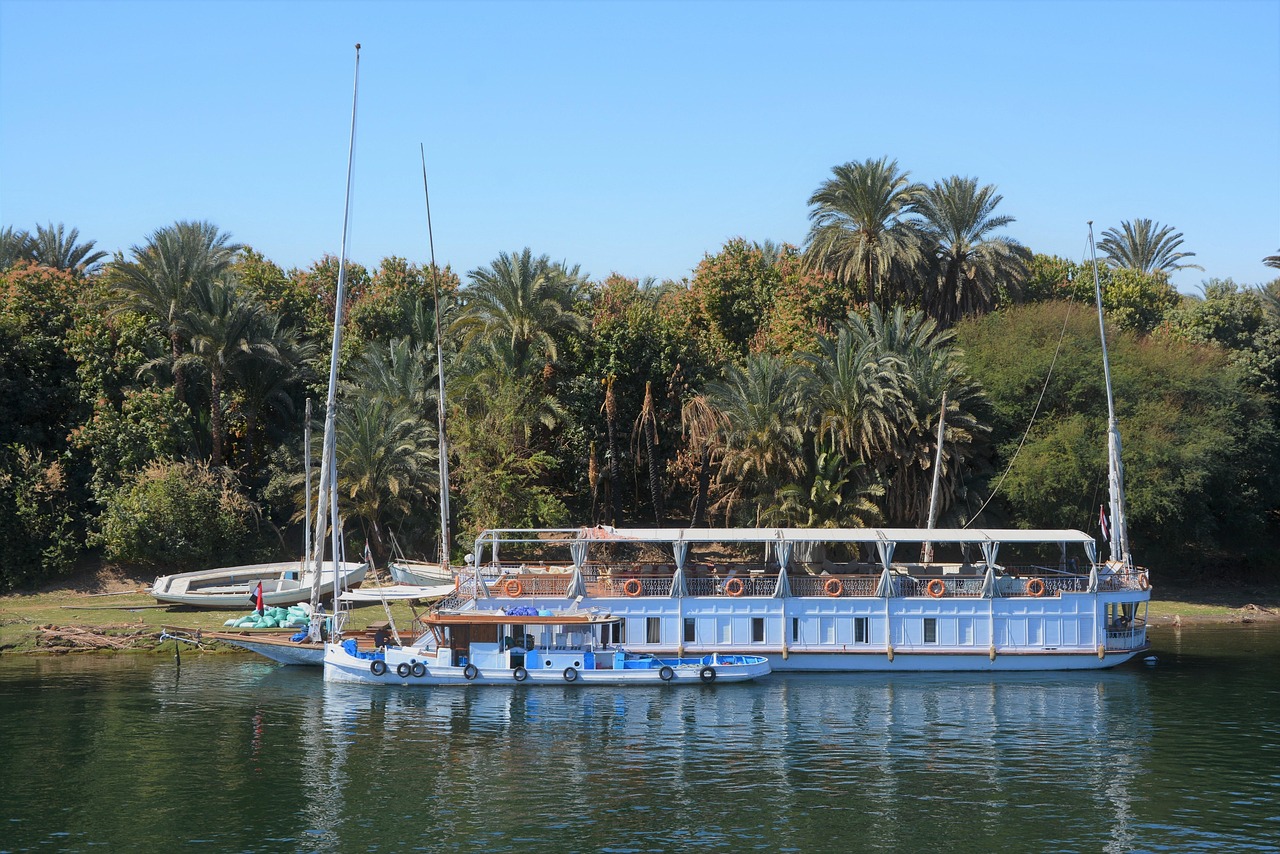
The ferry sank approximately 30 minutes after departing Ketapang port in Banyuwangi, East Java, en route to Gilimanuk port in Bali—a short 3.1-mile journey. Of the 65 people on board, including 53 passengers and 12 crew, 30 were rescued. The search operation involved a helicopter, 15 boats, fishermen, and onshore volunteers. Difficult weather played a major role, with waves reaching up to 2.5 meters (8.2 feet) and strong currents complicating rescue efforts. Survivors reported a leak in the ferry’s engine room that caused the vessel to tilt and rapidly submerge. Many rescued passengers were unconscious after hours in rough waters, showing the severity of the incident.
Comparison
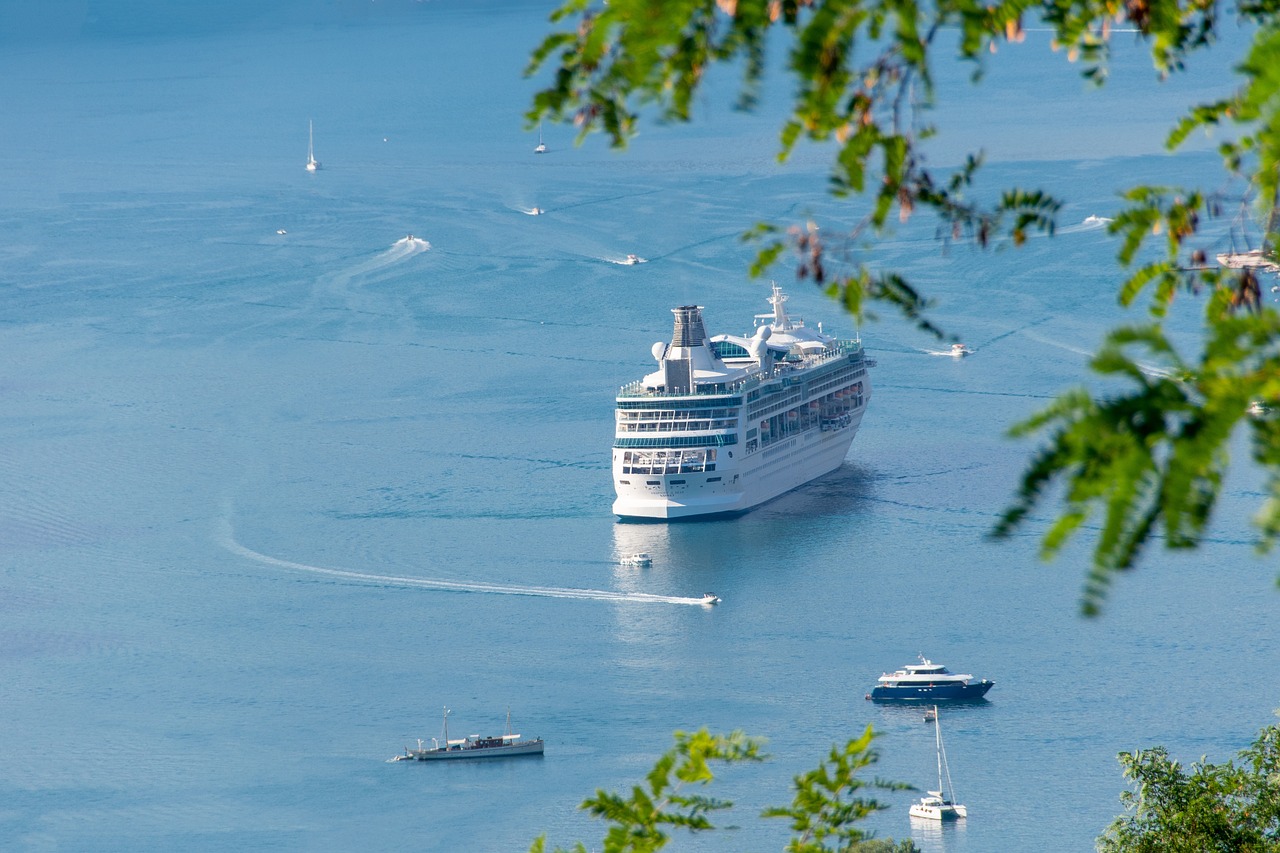
Indonesia experiences frequent ferry accidents due to its vast archipelago of over 17, 000 islands and heavy reliance on maritime transport. Compared to other maritime disasters worldwide, the fatality rate here is significant, with six confirmed deaths and 29 missing out of 65 people onboard, marking a loss rate of nearly 55 percent. The Indonesian National Search and Rescue Agency’s response, involving coordinated air and sea search efforts, reflects ongoing improvements in emergency management, yet challenges remain due to weather and infrastructure. For instance, the 2018 MV Sinar Bangun ferry disaster on Lake Toba resulted in over 160 deaths, highlighting the persistent risks in local ferry travel.
